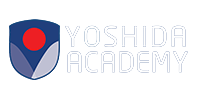Ever since my son started preschool, I’ve been walking him to school. I love the surprisingly deep conversations we get into on a 10-minute walk. Before we moved, the other thing I enjoyed about the walk was a majestic view of New York City.
Settling in our new home, my son and I tried several ways to get to his school until we found the perfect route that allowed me to walk with him and still get to work on time. Our morning ritual would not be disturbed! The only problem was that we no longer had a view of the city. And I missed it.
After two months or so, construction forced me to change my route. Because of normal traffic patterns, it was easier to cross the street at the bottom of a hill, so I never considered crossing at the top. That day, I had no choice; I was going down that hill on the other side of the road.
About halfway down the hill, I discovered a magnificent view of the city! I hadn’t seen it before because the side of the street that I usually walked had trees and houses that blocked the view.
Because I had tried several other routes, and the one I was taking was working, I was convinced that I had found the ideal path. So, I stopped looking for different ways to go. I missed out on the perfect walk because I never considered simply crossing the street.
How often do we do this with our learning projects, programs, or content? Once we have launched something, we sometimes stop focusing on ways to improve it. After all, what we have in place is working well, and we have to move on to the next project. While focusing on the next task is often a business imperative, it does not preclude reviewing what we already have in place.
The most important thing to do is change our perspective. It is all too easy to look at what we are currently delivering as the ideal result of considering and trying everything. The truth is that we only considered and tried everything that we could think of at that time. Given the nearly infinite way of presenting content, no one can say they have thought of everything. We need to look for new ways of approaching our content consistently.
In other words, stop assuming we are on the best route and cross the street.
To achieve this goal, we must approach our content as if we had never seen the program before, rather than as our baby that we shed blood, sweat, and tears refining. We have to develop a process improvement mindset to explore new ways to make the learner’s proficiency path more efficient. While the questions will differ based on the content, here are some common questions we can ask. What:
- Skills, behaviors, and knowledge are needed to drive the desired KPIs?
- Learning modalities are appropriate based on the content?
- Processes support the required tasks?
- Amount of time is needed for practice to ensure skills transfer?
- Exercises effectively simulate the way the learners will use the content?
Notice the wording of the questions allows for discovery and helps change the perspective. Asking, “What exercises effectively simulate the way the learners will use the content?” instead of “Do the exercises effectively simulate the way the learners will use the content?” precludes answering, “Yes, of course.”
These types of questions ensure we take a fresh look. And encourage us to explore different routes to achieve our learning objectives.
Does this mean that I’m advocating redesigning all of our content from scratch?
Well, sort of, but not really. Starting from scratch implies that we are beginning from nothing. When really, we are beginning from content that is already working. Once you complete your review, you will often find that much of what you have in place is great as is or with minor tweaking (not to be confused with twerking—no one needs twerking, minor, or otherwise).
That said, we will also find parts that need to be ripped apart and wholly redeveloped. As intimidating as that sounds, we should rejoice! After all, we have a commitment to our learners that we will give them the tools they need to be successful. More good news, we still aren’t starting from scratch. We can recycle!
Just like the University of California, San Diego is
using recycled plastic to build roads; we can use the content we previously created as the foundation for our improved material. Our overall trip stays the same. We are just changing roads.
While walking home from dropping my son off from school, all I had to do was to take the other side of the street to gain a different perspective and achieve improvement. So, when it comes to developing and delivering the learning your participants deserve, try crossing the street from time to time.

